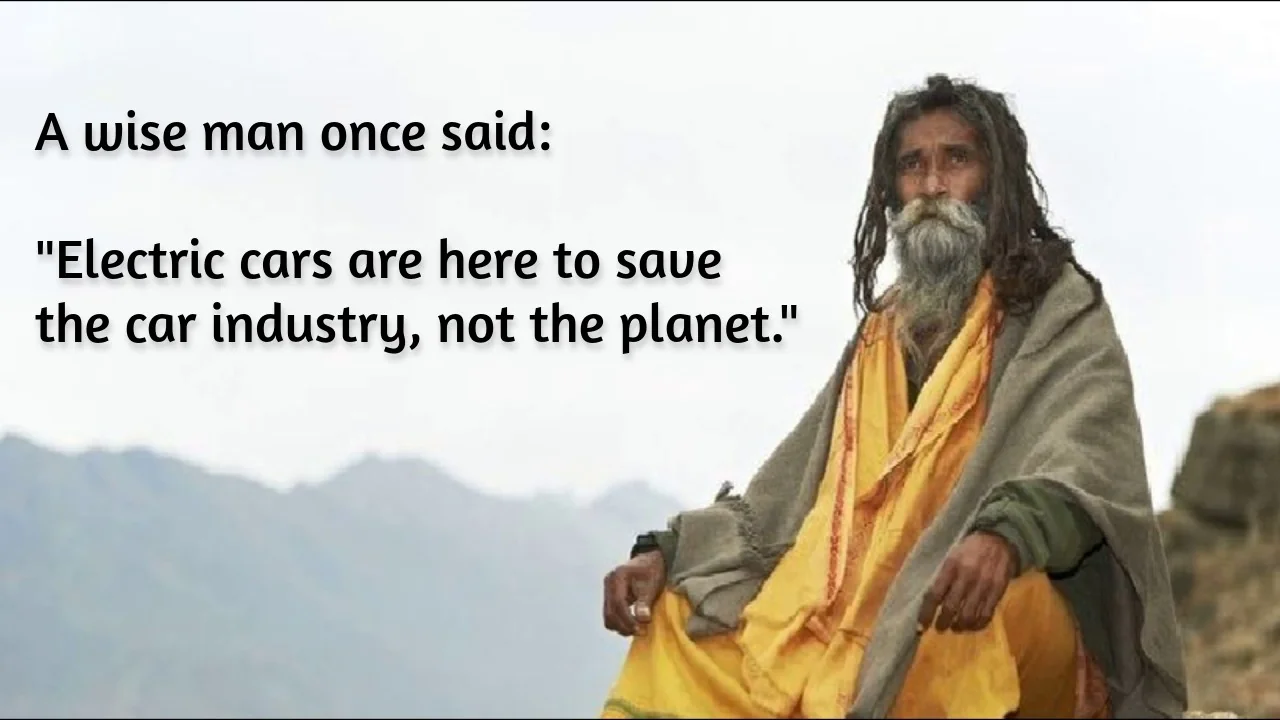view the rest of the comments
Fuck Cars
A place to discuss problems of car centric infrastructure or how it hurts us all. Let's explore the bad world of Cars!
Rules
1. Be Civil
You may not agree on ideas, but please do not be needlessly rude or insulting to other people in this community.
2. No hate speech
Don't discriminate or disparage people on the basis of sex, gender, race, ethnicity, nationality, religion, or sexuality.
3. Don't harass people
Don't follow people you disagree with into multiple threads or into PMs to insult, disparage, or otherwise attack them. And certainly don't doxx any non-public figures.
4. Stay on topic
This community is about cars, their externalities in society, car-dependency, and solutions to these.
5. No reposts
Do not repost content that has already been posted in this community.
Moderator discretion will be used to judge reports with regard to the above rules.
Posting Guidelines
In the absence of a flair system on lemmy yet, let’s try to make it easier to scan through posts by type in here by using tags:
- [meta] for discussions/suggestions about this community itself
- [article] for news articles
- [blog] for any blog-style content
- [video] for video resources
- [academic] for academic studies and sources
- [discussion] for text post questions, rants, and/or discussions
- [meme] for memes
- [image] for any non-meme images
- [misc] for anything that doesn’t fall cleanly into any of the other categories

I can only speak from the experience I have, which is New York and Flint, Michigan. Both are obvious contrasts between one of the richest and poorest cities in the US. New York has maybe one of the best Subway systems in the world. Having a car in NYC is insane. Everything that isn't covered by bus or train, is bridged by rentable bikes on each corner of a block. Flint could desperately use a couple of busses and a tram, but they can barely afford to keep their river and parks clean of (hopefully) dog poop. I remember seeing tram rails on the road but they where in an inoperable state. The north and west coast has a decent railroad system already but its basically inaccesible without having a car taking you to and from the station. It really felt like each city in the north was fending for their own. A bus system is quite the investment for a city. You can't just start with a couple of busses and then expand. Otherwise you are running the risk of it being the first thing people point fingers at, once city funds run dry.
A lot governments in the world push for increased public transport spending on the federal level. But it seems everybody is to busy trying to put out political fires to properly appropriate state funds. And if they are approved its often half assed and the cities have to make due with what the have anyway. It's the same in my country, I bet its the same in the US. Just because the urgency increased, doesn't mean the capability did es well.
As an examlme of intercity travel, the average annual milage for cars in Michigan is ~12,370 miles . Let's say that's mostly work commute (which from my experience, it is) so that's roughly 50 miles a day during week days. A US class I railroad trains average speed is ~25 mph, a cars about 50 mph (source: readout from my car back during my stay). You'll spend roughly twice the amount of time on your commute. Thats excluding the fact that a car goes door to door and not station to station.
In rural areas of the US a local bus and tram system would surely improve the life of some people. But its not enough of a reason for Americans to change their car culture or for cities to put some money on the table.